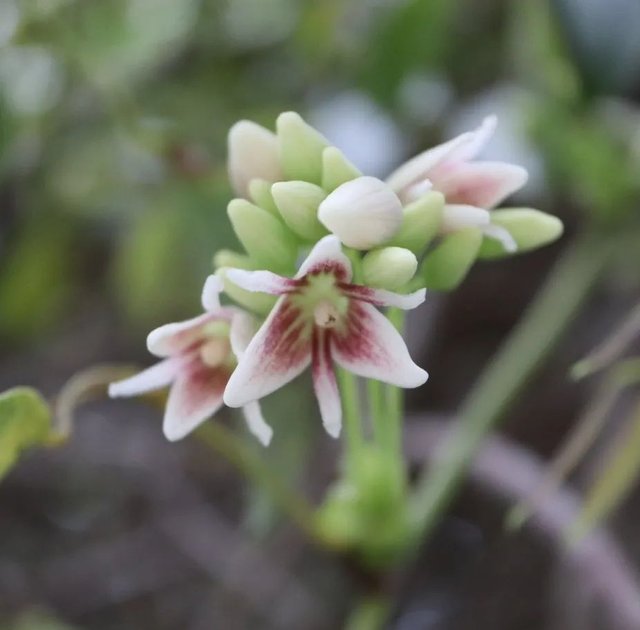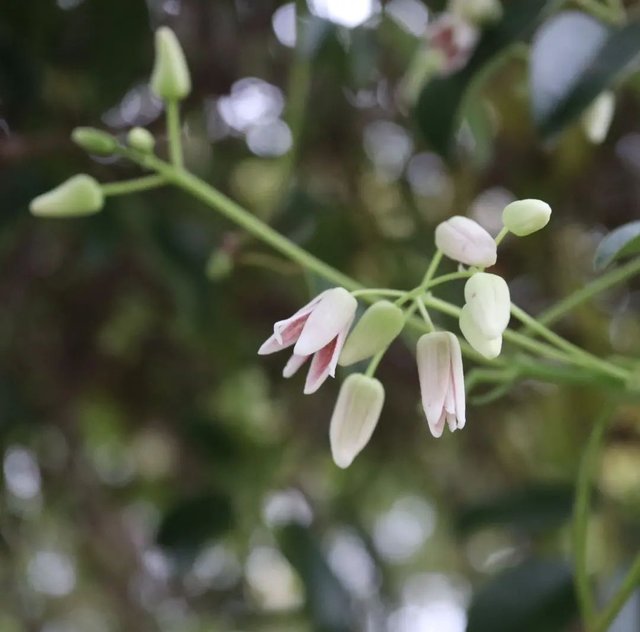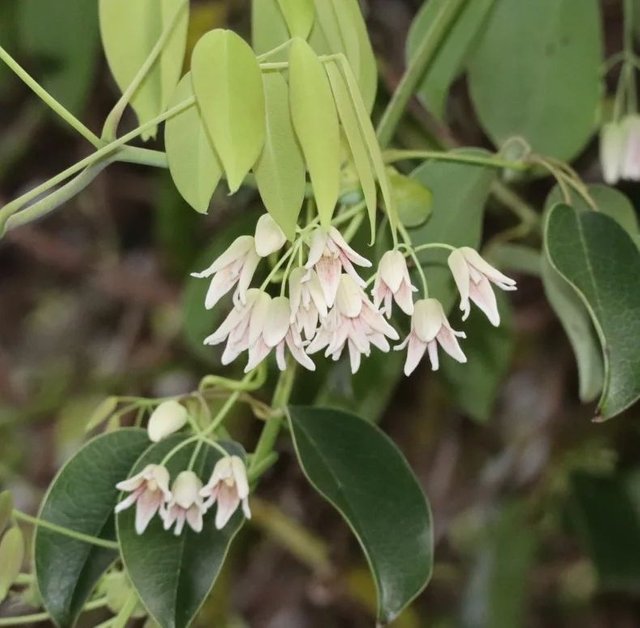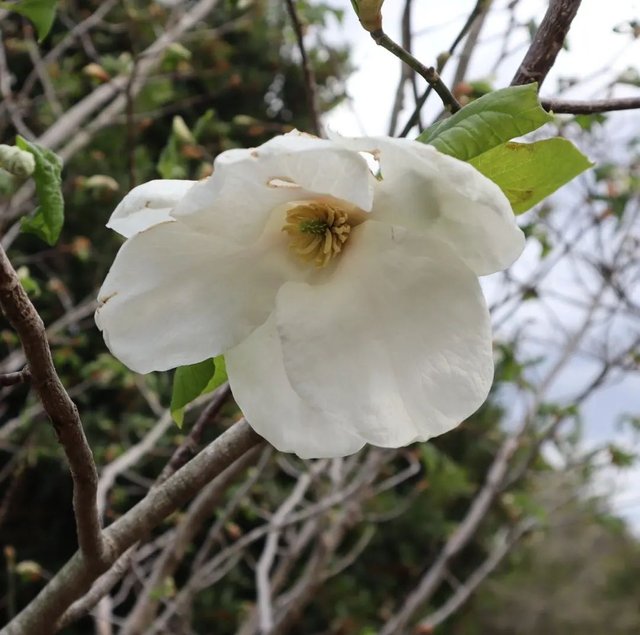Beauty of Marsdenia Flower




Marsdenia, a genus of flowering plants encapsulates a realm of natural beauty and botanical intrigue. With over 300 species dispersed across various regions of the world, these ethereal blossoms captivate enthusiasts and botanists alike with their delicate allure and fascinating characteristics.Originating primarily from tropical and subtropical regions, Marsdenia flowers showcase a remarkable diversity in their appearances, ranging from petite clusters of dainty blooms to sprawling vines adorned with intricate floral patterns. Their mesmerizing hues span a spectrum of colors, including shades of vibrant reds, soft pinks, and pristine whites, each exuding its own unique charm and elegance.
One of the distinguishing features of Marsdenia flowers is their intricate floral structure, which often includes intricate petals, intricate patterns, and delicate textures. These intricate details not only serve as a testament to the evolutionary adaptability of these plants but also add to their allure, enticing observers to delve deeper into their captivating beauty.Beyond their aesthetic appeal, Marsdenia flowers play a crucial ecological role in their respective habitats. As nectar-producing plants, they attract a myriad of pollinators, including bees, butterflies, and hummingbirds, facilitating vital pollination processes essential for the reproduction and survival of numerous plant species. In doing so, they contribute to the overall biodiversity and ecological balance of their ecosystems.
Culturally, Marsdenia flowers have also left an indelible mark, inspiring artists, poets, and storytellers throughout history. Their timeless beauty and symbolic significance have been celebrated in various traditions and folklore, often representing themes of love, beauty, and resilience.Despite their enchanting allure, Marsdenia flowers face various challenges, including habitat loss, climate change, and unsustainable harvesting practices. Conservation efforts are therefore essential to safeguard these botanical treasures for future generations to appreciate and admire.